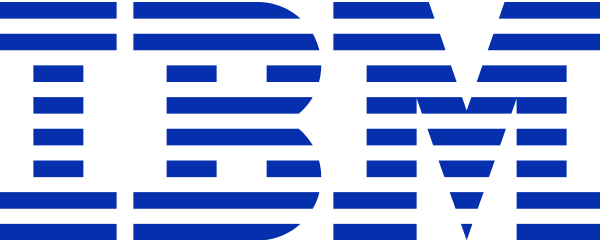Overview
Class Central Tips
In this course, you will get hands-on experience with machine learning from a series of practical case-studies.At the end of the first course you will have studied how to predict house prices based on house-level features, analyze sentiment from user reviews, retrieve documents of interest, recommend products, and search for images.Through hands-on practice with these use cases, you will be able to apply machine learning methods in a wide range of domains.
This first course treats the machine learning method as a black box.Using this abstraction, you will focus on understanding tasks of interest, matching these tasks to machine learning tools, and assessing the quality of the output. In subsequent courses, you will delve into the components of this black box by examining models and algorithms.Together, these pieces form the machine learning pipeline, which you will use in developing intelligent applications.
Learning Outcomes:By the end of this course, you will be able to:
-Identify potential applications of machine learning in practice.
-Describe the core differences in analyses enabled by regression, classification, and clustering.
-Select the appropriate machine learning task for a potential application.
-Apply regression, classification, clustering, retrieval, recommender systems, and deep learning.
-Represent your data as features to serve as input to machine learning models.
-Assess the model quality in terms of relevant error metrics for each task.
-Utilize a dataset to fit a model to analyze new data.
-Build an end-to-end application that uses machine learning at its core.
-Implement these techniques in Python.
Syllabus
- Welcome
- Machine learning is everywhere, but is often operating behind the scenes.
This introduction to the specialization provides you with insights into the power of machine learning, and the multitude of intelligent applications you personally will be able to develop and deploy upon completion.
We also discuss who we are, how we got here, and our view of the future of intelligent applications. - Regression: Predicting House Prices
- This week you will build your first intelligent application that makes predictions from data.
We will explore this idea within the context of our first case study, predicting house prices, where you will create models that predict a continuous value (price) from input features (square footage, number of bedrooms and bathrooms,...).
This is just one of the many places where regression can be applied.Other applications range from predicting health outcomes in medicine, stock prices in finance, and power usage in high-performance computing, to analyzing which regulators are important for gene expression.
You will also examine how to analyze the performance of your predictive model and implement regression in practice using a Jupyter notebook. - Classification: Analyzing Sentiment
- How do you guess whether a person felt positively or negatively about an experience, just from a short review they wrote?
In our second case study, analyzing sentiment, you will create models that predict a class (positive/negative sentiment) from input features (text of the reviews, user profile information,...).This task is an example of classification, one of the most widely used areas of machine learning, with a broad array of applications, including ad targeting, spam detection, medical diagnosis and image classification.
You will analyze the accuracy of your classifier, implement an actual classifier in a Jupyter notebook, and take a first stab at a core piece of the intelligent application you will build and deploy in your capstone. - Clustering and Similarity: Retrieving Documents
- A reader is interested in a specific news article and you want to find a similar articles to recommend.What is the right notion of similarity?How do I automatically search over documents to find the one that is most similar?How do I quantitatively represent the documents in the first place?
In this third case study, retrieving documents, you will examine various document representations and an algorithm to retrieve the most similar subset.You will also consider structured representations of the documents that automatically group articles by similarity (e.g., document topic).
You will actually build an intelligent document retrieval system for Wikipedia entries in an Jupyter notebook. - Recommending Products
- Ever wonder how Amazon forms its personalized product recommendations?How Netflix suggests movies to watch?How Pandora selects the next song to stream?How Facebook or LinkedIn finds people you might connect with?Underlying all of these technologies for personalized content is something called collaborative filtering.
You will learn how to build such a recommender system using a variety of techniques, and explore their tradeoffs.
One method we examine is matrix factorization, which learns features of users and products to form recommendations.In a Jupyter notebook, you will use these techniques to build a real song recommender system. - Deep Learning: Searching for Images
- You’ve probably heard that Deep Learning is making news across the world as one of the most promising techniques in machine learning. Every industry is dedicating resources to unlock the deep learning potential, including for tasks such as image tagging, object recognition, speech recognition, and text analysis.
In our final case study, searching for images, you will learn how layers of neural networks provide very descriptive (non-linear) features that provide impressive performance in image classification and retrieval tasks.You will then construct deep features, a transfer learning technique that allows you to use deep learning very easily, even when you have little data to train the model.
Using iPhython notebooks, you will build an image classifier and an intelligent image retrieval system with deep learning. - Closing Remarks
- In the conclusion of the course, we will describe the final stage in turning our machine learning tools into a service: deployment.
We will also discuss some open challenges that the field of machine learning still faces, and where we think machine learning is heading.We conclude with an overview of what's in store for you in the rest of the specialization, and the amazing intelligent applications that are ahead for us as we evolve machine learning.




